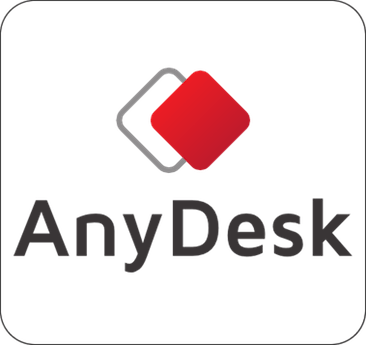Back
MODFIT
Parameter Estimation in Dynamic Systems
Version 4.1 (2011)
Purpose
MODFIT solves parameter estimation (data fitting, system identification, nonlinear regression) problems, where parameters in explicit model functions, Laplace transforms, steady-state systems, systems of ordinary differential equations, or systems of differential algebraic equations are to be identified. The problem may possess additional equality or inequality constraints. A statistical analysis provides confidence intervals for estimated parameters, correlation and covariance matrix, identification of significance levels for estimated parameters, and optimum experimental design. As a by-product, curve and surface fits are available.
Numerical Method
The algorithm creates a nonlinear least squares problem and solves it by a couple of alternative parameter estimation methods, e.g. DFNLP. Differential equations are integrated by seven available ODE-solvers, e.g. the Hairer and Wanner codes for stiff and non-stiff systems, or an explicit Runge-Futta code with internal numerical differentiation. The back-transformation of Laplace functions is done by the formula of Stehfest. Steady-State-Systems are solved by Newton's method. Gradients are evaluated either by numerical approximation, hand-coded Fortran statements of the user, automatic differentiation, or by internal numerical differentiation of a Runge-Kutta scheme.
Program Organization
MODFIT are a double precision FORTRAN subroutine and all parameters are passed through arguments. An additional main program takes over some organizational ballast and reads in all problem data. A user provided subroutine is required to define initial values, constraints, the right-hand side of a differential equation, or a fitting criterion.
Special Features
- alternative norms (min-max, sum of absolute values)
- dynamic constraints depending on the state variables
- switching points for non-continuous alterations of the dynamic system, constant or variable
- differential algebraic equations up to index 3
- computation of consistent initial values for index-1-formulations
- exploiting band structure
- multiple shooting for unstable equations
- arbitrary number of fitting criteria and experimental data sets
- additional independent model variable (e.g. concentration)
- various scaling options (individual or automatic)
- confidence intervals for estimated parameters, correlation and covariance matrix
- identification of significance levels for estimated parameters
- computation of optimal experimental designs (A-criterion)
- alternative direct search algorithms for parameter estimation, e.g. for problems with bad starting values
- generation of plot data and TEX-reports
- full documentation
- FORTRAN source code
Applications
MODFIT is in practical use to solve mechanical, chemical and pharmaceutical parameter estimation problems, e.g. for robot design, multibody systems, linear and nonlinear pharmacokinetics, distillation columns, or chemical reactors. Customers include Boehringer Ingelheim KG, BASF AG, Bayer Inc., Eurocopter GmbH, and various academic institutions.
Reference
- K. Schittkowski, MODFIT: A FORTRAN code for constrained parameter estimation in differential equations and explicit model functions, Report, Department of Mathematics, University of Bayreuth (1994)


